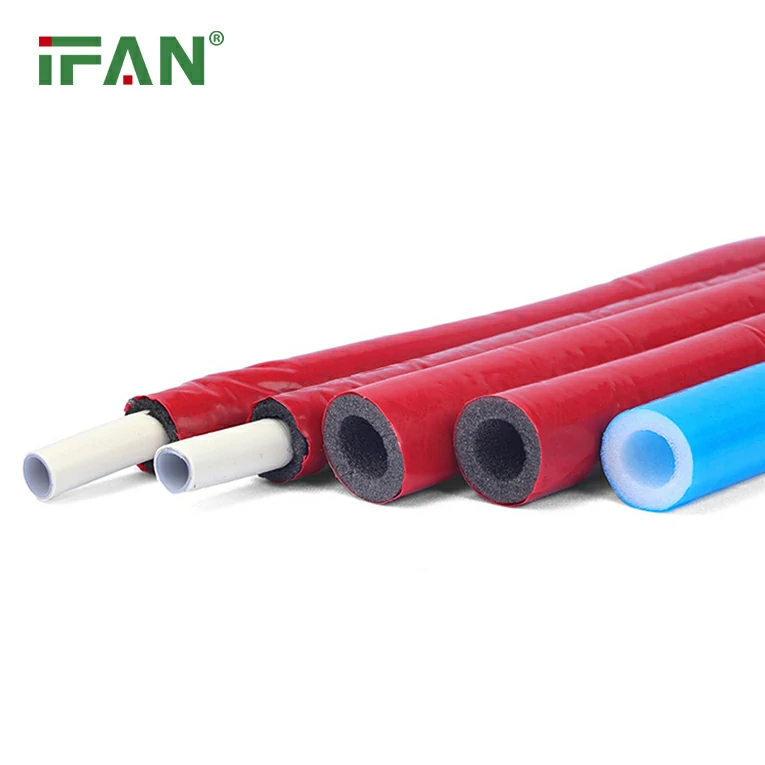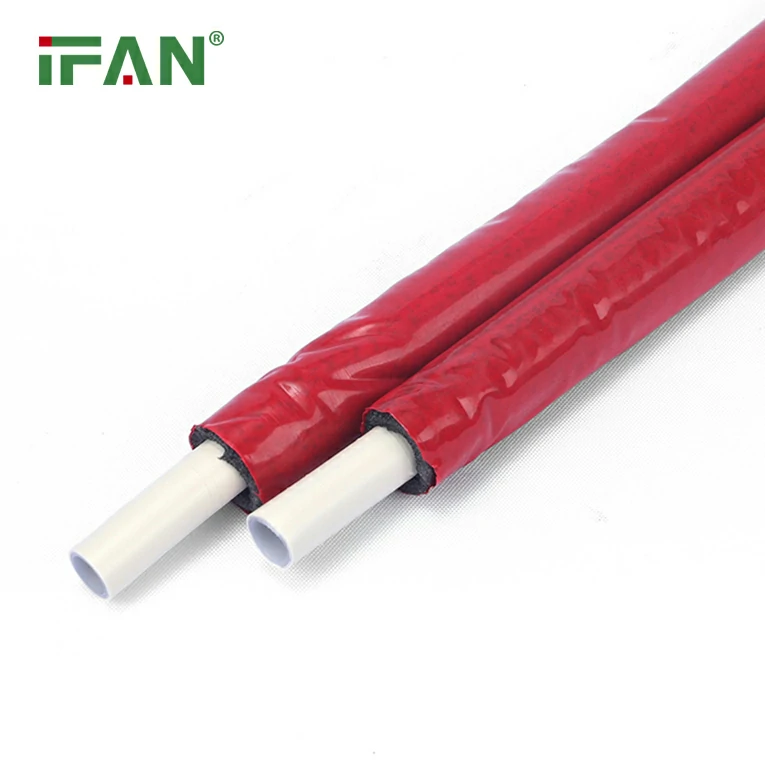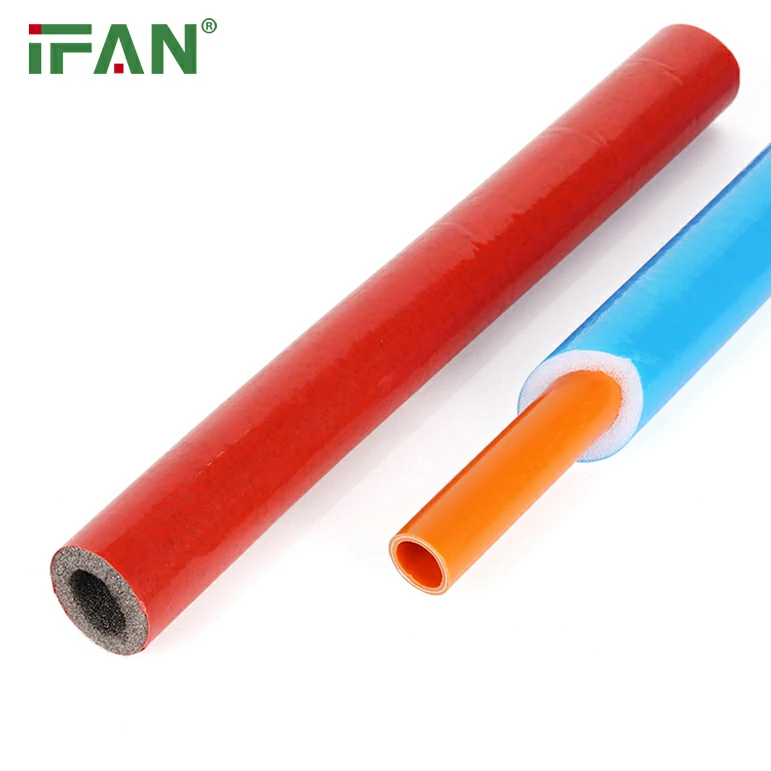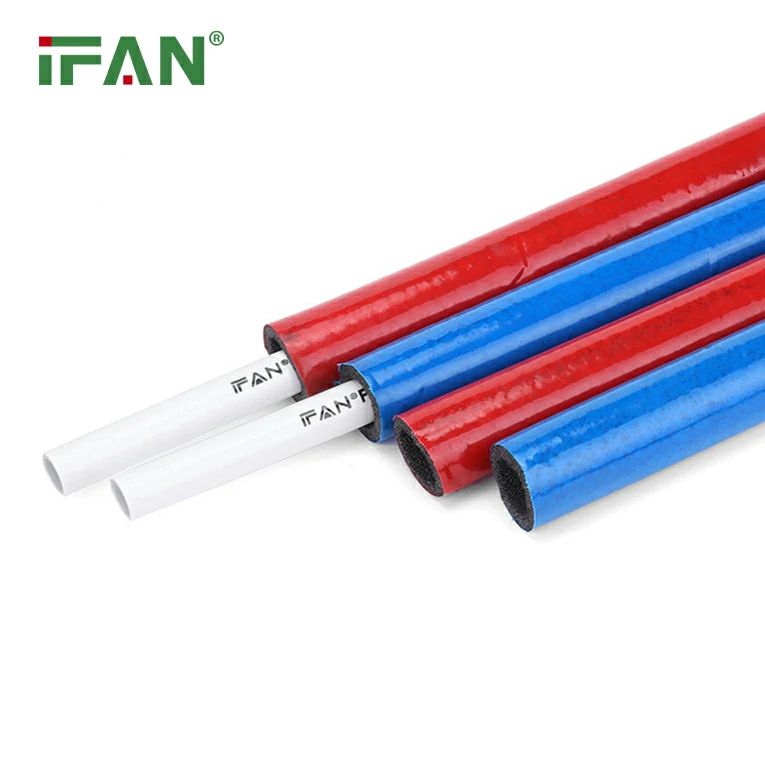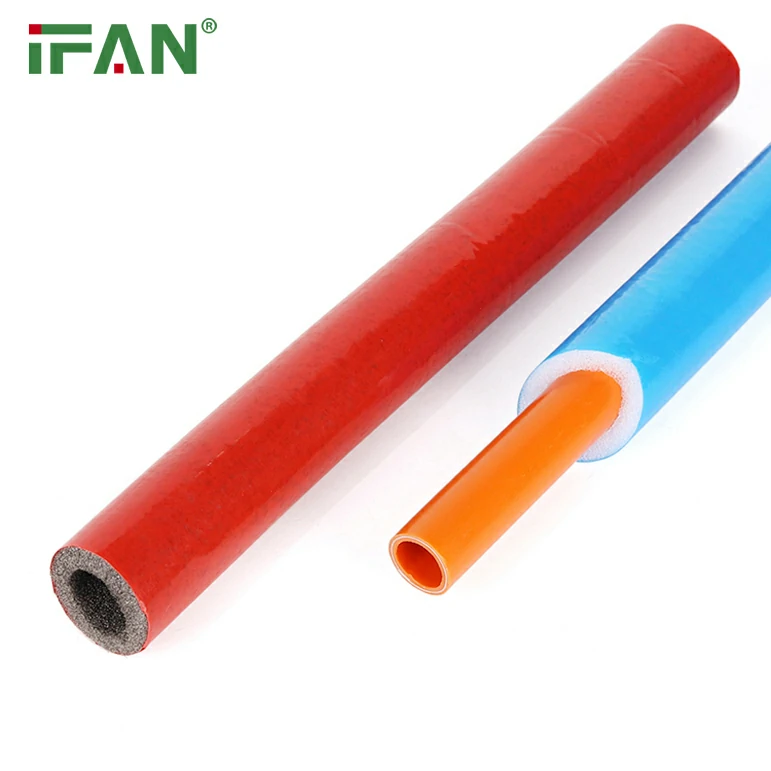PEX (cross-linked polyethylene) pipes have gained significant popularity in recent years as a flexible, cost-effective, and durable alternative to traditional plumbing materials such as copper and PVC. Despite their advantages, PEX pipes still face several myths and misconceptions that can cause confusion among customers. Whether you’re a homeowner considering a plumbing upgrade or a contractor looking to educate your clients, understanding the truth behind these myths is essential for making informed decisions.
In this article, we will answer common customer questions about PEX pipes, debunk popular myths, and provide useful insights into why PEX could be the right choice for your plumbing system. Let’s get started.
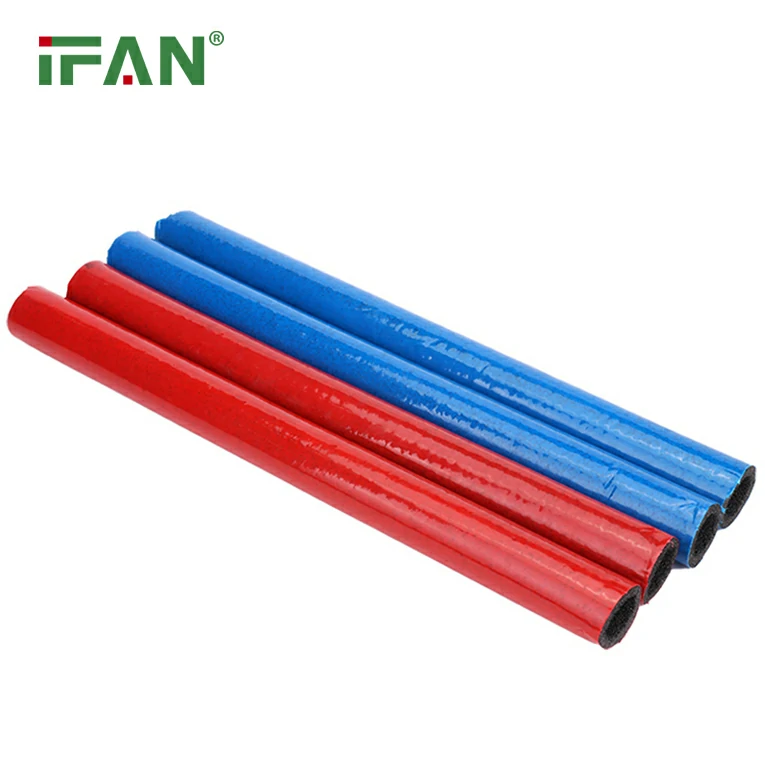
What is PEX Pipe?
PEX pipes are a type of flexible plastic piping made from polyethylene that undergoes a cross-linking process to enhance its properties. This process gives PEX pipes greater strength and durability while maintaining flexibility. PEX pipes are used for both hot and cold water systems and are a popular choice for residential and commercial plumbing.
Some of the key benefits of PEX pipes include:
- Flexibility: PEX is highly flexible, which makes installation easier and faster.
- Corrosion Resistance: Unlike copper or steel, PEX does not corrode, leading to a longer lifespan.
- Reduced Leaks: Fewer fittings are required due to the pipe’s flexibility, which reduces the likelihood of leaks.
- Affordable: PEX is less expensive than other traditional plumbing materials like copper, making it an attractive choice for budget-conscious homeowners and builders.
Despite these benefits, some customers may still have questions or concerns about PEX. Let’s address the most common ones.
Common Customer Questions About PEX Pipe
1. Is PEX Pipe Safe for Drinking Water?
One of the most common concerns customers have about PEX pipes is whether they are safe for drinking water. The short answer is yes, PEX pipes are safe for potable (drinking) water.
PEX pipes are made from high-quality polyethylene that complies with stringent safety standards set by organizations such as the NSF (National Sanitation Foundation). These standards ensure that the material used in PEX pipes does not leach harmful chemicals into the water supply.
That said, it’s important to note that there have been some concerns regarding the leaching of certain chemicals from PEX pipes when exposed to heat over long periods. However, studies have shown that the levels of these substances are well below any safety limits established by regulatory bodies. As long as the PEX pipes are installed and used properly, there is no significant risk to health.
2. How Long Does PEX Pipe Last?
PEX pipes are known for their durability, with a typical lifespan of 40 to 50 years. This is comparable to, and in many cases longer than, copper pipes. PEX pipes are resistant to corrosion, scaling, and pitting, which can often shorten the lifespan of copper and steel pipes. Additionally, PEX’s flexibility makes it resistant to freezing and cracking, which is an issue that traditional pipes like copper are more prone to in cold climates.
However, as with any plumbing system, the lifespan of PEX pipes depends on how well they are installed and maintained. If PEX pipes are exposed to ultraviolet (UV) light or installed improperly, their lifespan can be reduced.
3. Can PEX Pipes Be Used for Hot Water?
Yes, PEX pipes are suitable for hot water systems. PEX is capable of withstanding temperatures up to 200°F (93°C), making it an excellent choice for both hot and cold water applications. The flexibility of PEX allows it to handle thermal expansion and contraction, which is essential in plumbing systems that experience frequent temperature fluctuations.
That said, it’s important to install PEX pipes in a way that prevents exposure to temperatures above the recommended limit. If used in radiant heating systems, PEX is also an ideal material because of its ability to handle both hot and cold water efficiently.
4. Can PEX Pipe Burst in Freezing Conditions?
One of the primary advantages of PEX over traditional piping materials like copper is its resistance to freezing. When water in a PEX pipe freezes, the pipe can expand without cracking, unlike rigid pipes that are more likely to burst when exposed to freezing temperatures.
This makes PEX pipes particularly valuable in regions with cold winters. However, while PEX pipes are freeze-resistant, it’s still a good idea to take precautions and insulate the pipes during extreme cold weather. Proper installation and placement can further reduce the risk of freezing.
5. How Does PEX Compare to Copper Pipe?
PEX and copper pipes are often compared because both materials are widely used in residential plumbing. Here’s how they stack up:
- Cost: PEX is generally more affordable than copper. The material cost of PEX is lower, and it also requires less labor to install because it doesn’t require soldering.
- Installation: PEX is easier and faster to install due to its flexibility. It doesn’t require as many fittings and is easier to maneuver around tight spaces.
- Durability: Copper is highly durable and can last for several decades. However, it is susceptible to corrosion, especially in areas with acidic or high-mineral water. PEX, on the other hand, is resistant to corrosion and scaling, which gives it an edge in longevity.
- Environmental Impact: Copper is a natural material, but its extraction and manufacturing process can have a significant environmental impact. PEX, though made from plastic, is often recyclable and has a lower carbon footprint than copper during production.
Ultimately, both PEX and copper have their strengths, but PEX offers better flexibility and lower installation costs, making it an attractive choice for many homeowners.
Myths About PEX Pipe
1. PEX Pipes are Prone to Leaking
One of the most widespread myths about PEX pipes is that they are prone to leaking. While it’s true that any plumbing system can develop leaks if not properly installed, PEX is actually less prone to leaks compared to rigid piping materials like copper.
The flexibility of PEX reduces the number of fittings required, which in turn reduces the potential for leaks. Moreover, PEX is resistant to scaling and corrosion, both of which can lead to leaks in other types of pipes.
2. PEX Pipes Cannot Be Recycled
Another common myth is that PEX pipes are not recyclable. In fact, PEX pipes can be recycled, although the recycling process is more difficult than with some other materials like PVC. The technology for recycling PEX is improving, and some companies now offer recycling services for used PEX pipes. As sustainability continues to be a growing concern, more recycling options will likely become available for PEX.
3. PEX Pipes are Only for Cold Water
Some customers mistakenly believe that PEX pipes can only be used for cold water applications. In reality, PEX pipes are designed to handle both hot and cold water systems. As mentioned earlier, PEX can withstand temperatures up to 200°F (93°C), making it an ideal material for hot water systems, radiant heating, and even snow-melting systems.
4. PEX Pipes Will Break Down in Direct Sunlight
While it’s true that UV rays can degrade PEX pipes, this only applies to long-term exposure. PEX should not be installed in areas exposed to direct sunlight unless it is properly shielded or protected. If used indoors or in environments where they are not exposed to UV rays, PEX pipes are perfectly safe and durable.
5. PEX Pipes Are Not Durable
Some customers may believe that because PEX pipes are made from plastic, they are less durable than metal pipes. However, PEX is highly durable, resistant to corrosion, and flexible, which makes it an ideal material for modern plumbing systems. PEX pipes are also resistant to freezing and cracking, which can be a problem with rigid pipes in colder climates.
Conclusion
PEX pipes offer a range of benefits, from affordability to flexibility, durability, and freeze resistance. While there are some myths and misconceptions surrounding PEX, the truth is that this material is an excellent choice for modern plumbing systems. By addressing common customer questions and debunking myths, we hope to provide clarity and help you make informed decisions about your plumbing needs.
FAQs
1. Are PEX pipes safe for drinking water? Yes, PEX pipes are safe for drinking water and comply with NSF standards to ensure no harmful chemicals leach into the water.
2. How long do PEX pipes last? PEX pipes typically last between 40 and 50 years, depending on installation and maintenance.
3. Can PEX pipes be used for hot water? Yes, PEX pipes are suitable for hot water systems and can withstand temperatures up to 200°F (93°C).
4. Are PEX pipes prone to leaking? No, PEX pipes are less prone to leaks than rigid pipes due to their flexibility and fewer required fittings.
5. Can PEX pipes be recycled? Yes, PEX pipes can be recycled, although the recycling process is still being improved.

